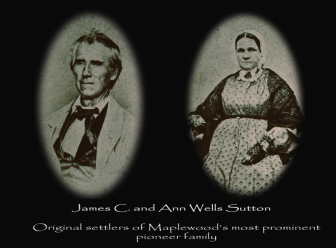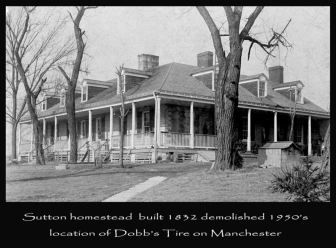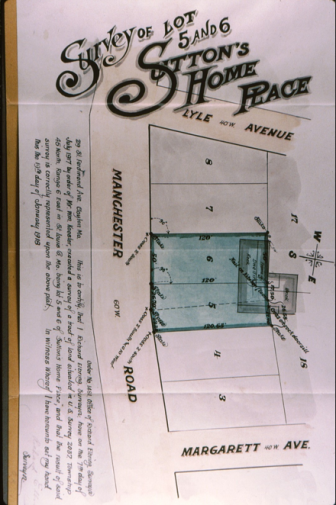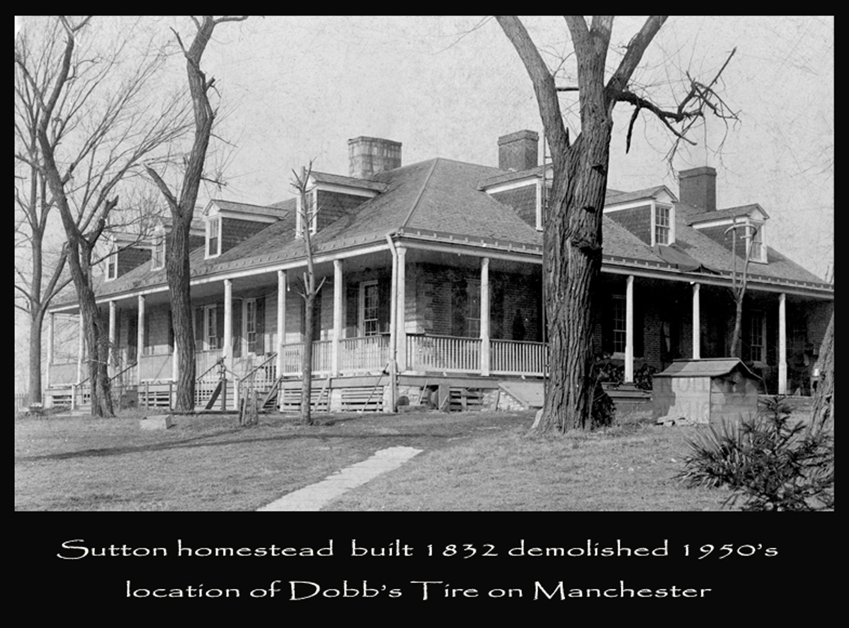
Many of the readers of 40 South News will be familiar with my blog about the history of Maplewood, Missouri from my previous posts on other sites. Since this is my first blog post for 40 South News I’ve decided to start with the earliest information regarding Maplewood.
The tiny patch of ground now known as Maplewood, Missouri was once molten rocks, I guess, then covered with ocean for eons, dried out for a few billion years, had dinosaurs and all that, then the Mississippians came along and no doubt used our town acreage for hunting since it seems they mostly liked to stay downtown and build mounds and who knows what else.

At some point France claimed a huge swath of territory stretching from New Orleans to Canada. Then in 1761 secretly transferred it to Spain. A Swiss immigrant named Charles Gratiot came to the US in 1752 and somehow got a land grant from Spain by promising to raise some useful things such as wheat, corn, hemp and tobacco. One can be forgiven for thinking he intended to eat half of it and smoke the rest. But most likely the hemp was used for rope and other things as well.
Following the death of Gratiot in 1817, his heirs began to conduct

themselves as heirs are known to do. They sold off their inherited land. One of the buyers was James Sutton, a Jersey boy (New), who arrived in St. Louis in 1819.
He came to work with his brother in a blacksmithing business at Second and Spruce downtown. They were iron mongers as well producing nails, iron tires for wagons and even a plow of their own patent, the Sutton Plow. By 1826 James had done well enough to buy 334 acres of the Gratiot land for a dollar and a bit per acre. A bit was 1/8 of a Spanish coin. If you needed change in those days you better have a hammer and chisel.
The very first building on the land now known as Maplewood, Missouri was a log home that James built near the intersection of Commonwealth and Greenwood. By 1832, he was flush enough to build a large mansion at 7453 Manchester though I doubt that they had street numbers in those days.
James (1797-1877) married Ann Wells, had 11 children and an iron mongery business at Manchester and Big Bend. A book or a couple of books could be written about them but they are just one of the very many interesting stories composing the history of our community.
Doug Houser


I live in a house near Autozone that was built in 1894 – I’d love to find out more about it’s history. What are your sources?
Hi Robert, Sorry, I don’t have much I can add to my reply to your question below. I’d start with those directories and then try cold calling some of the names you discover. You may get lucky and find a family historian. They’re more prevalent than ever.
Great blog!! I enjoyed reading it
What a great piece. What, if any landmarks are posted?
I appreciate the compliment. If you mean landmarks regarding the Suttons or their mansion, there are none.
Our house in Maplewood is pre-1900’s. I’d love to find out more information on it as well.
I have very little information regarding individual houses but I do have some. Send your address to me at dkhouser@gmail.com and I’ll check. Best place to find who owned your home would be the STL County Library’s Headquarters branch on Lindbergh. They have county directories in their reference room.
What happened to the home at Commonwealth / Greenwood?
It disappeared at some point in the 1800’s most likely during James Sutton’s lifetime. His son-in-law, Lyman Thomas, briefly mentions it in his 1911 History of St. Louis Co.
What was the circumstance that caused demolition of their house? Deterioration? Urban renewal? It looks like a lovely house. Too bad it couldn’t have been saved.
You’re exactly right. Unlike Woodside, which we still have and are still trying to save, the Sutton mansion had the misfortune of being constructed on a parcel of property that became commercially valuable.